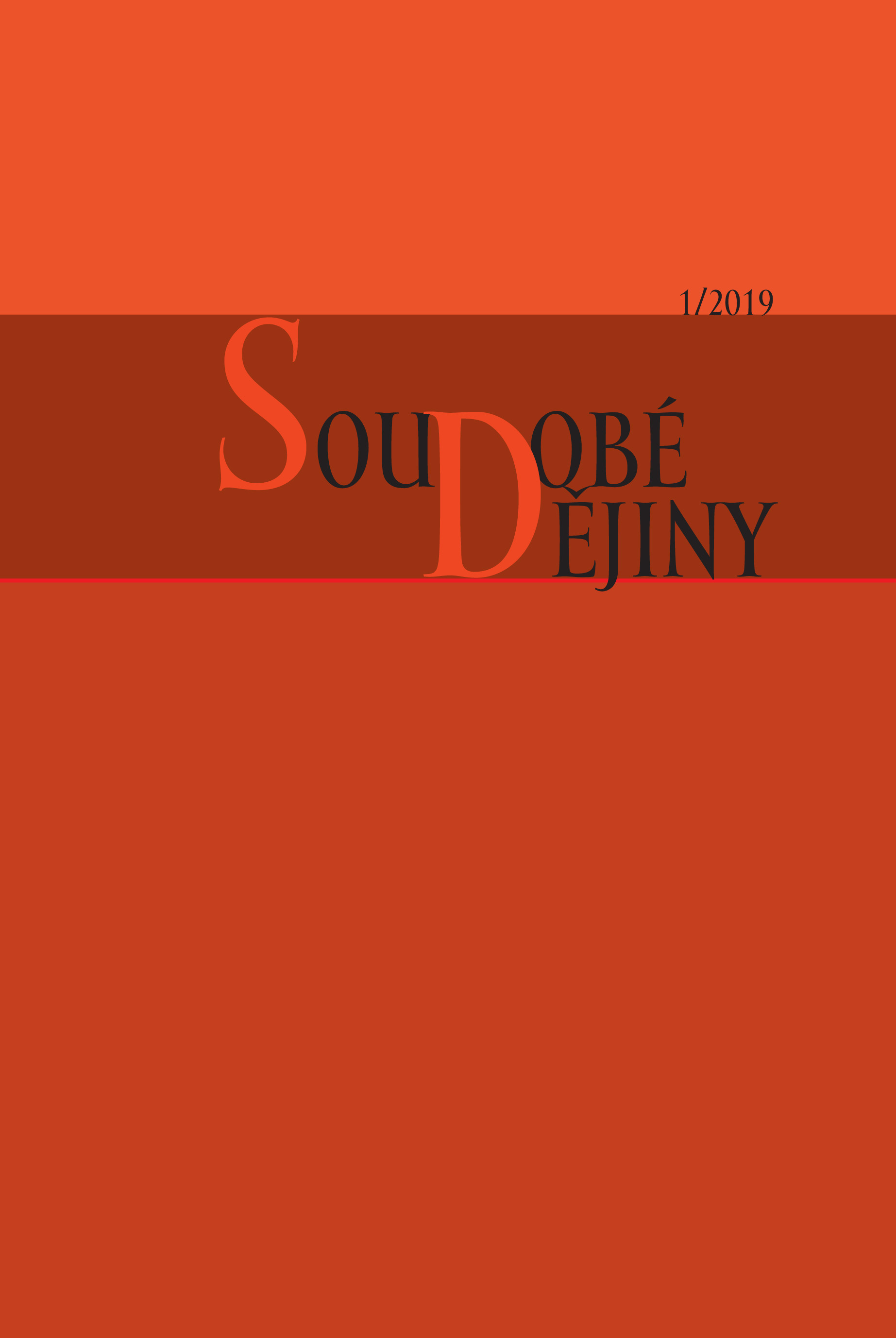Asimilace: kritika jednoho pojmu
Assimilation: a critique of the notion
Interpretations of the history of Jewry in the Czech Lands and Poland after the Second World War
Author(s): Kateřina ČapkováContributor(s): Halka Varhaníková (Translator)
Subject(s): History, Jewish studies, Comparative history, Ethnohistory, WW II and following years (1940 - 1949), Post-War period (1950 - 1989), History of Communism
Published by: AV ČR - Akademie věd České republiky - Ústav pro soudobé dějiny
Keywords: Jews;assimilation;Czechoslovakia;Poland;Postwar period;historiography
Summary/Abstract: The article was originally published in English under the title “Beyond the Assimilationist Narrative: Historiography on the Jews of the Bohemian Lands and Poland after the Second World War” in the Polish journal Studia Judaica, Vol. 19, No. 1 (37) (2016), pp. 129–155. The authoress compares the historiographies of the post war history of Jews in the Czech Lands and Poland, analyzing not only differences between, but above all similarities in paradigms of interpretations of the Jewish experience in these two regions. She first compares the institutional base, contents, and quantity of research of Jewish history in the Communist and post-Communist Czechoslovakia and Poland, drawing a conclusion that while dozens of publicationson the post-war experience of Polis Jews were written in Poland in the 1980s and particularly in the 1990s, writing about the modern Jewish history (save for a few works on Theresienstadt) had been unacceptable in Czechoslovakia until the political changes in 1989, and even then the interest of Czech historians in the post-war life of Czech Jews (unlike that in their tragic fate during the war) did not show any substantial increase. At the same time, the authoress claims that it generally holds true (and not only for the Polish and Czech/Czechoslovak historiographies) that while the notion of assimilation has been broadly criticized and questioned with respect to the older period of the Jewish history, it still dominates in works dealing with the time after the 2nd World War. This means, in fact, that the post-war existence and experience of religious-minded Czech and Polish Jews has been either denied, or marginalized, and that the history of Jews, who are often perceived as a monolithic social group, has been misleadingly interpreted as a story of linear assimilation. To a substantial extent, the interpretation is a result of the unacceptable generalization/extrapolation of the situation in the center (Prague, Warsaw) to that in outlying regions. It must be noted that roughly a half of the post-war Jewish population in the Czech Lands were immigrant who had lived in Carpathian Ruthenia or eastern Slovakia before the war and who were forming up new communities based on different traditions; similarly, almost a half of the post-war Jewish population in Poland were living in Lower Silesia where they had been repatriated from the Soviet Union. Compared to the assimilation narrative burdened with nationalism and conforming to the official interpretation of the Communist era, the authoress offers alternatives respecting the complexity and plurality of the human society.
Journal: Soudobé Dějiny
- Issue Year: XXVI/2019
- Issue No: 1
- Page Range: 9-31
- Page Count: 23
- Language: Czech

